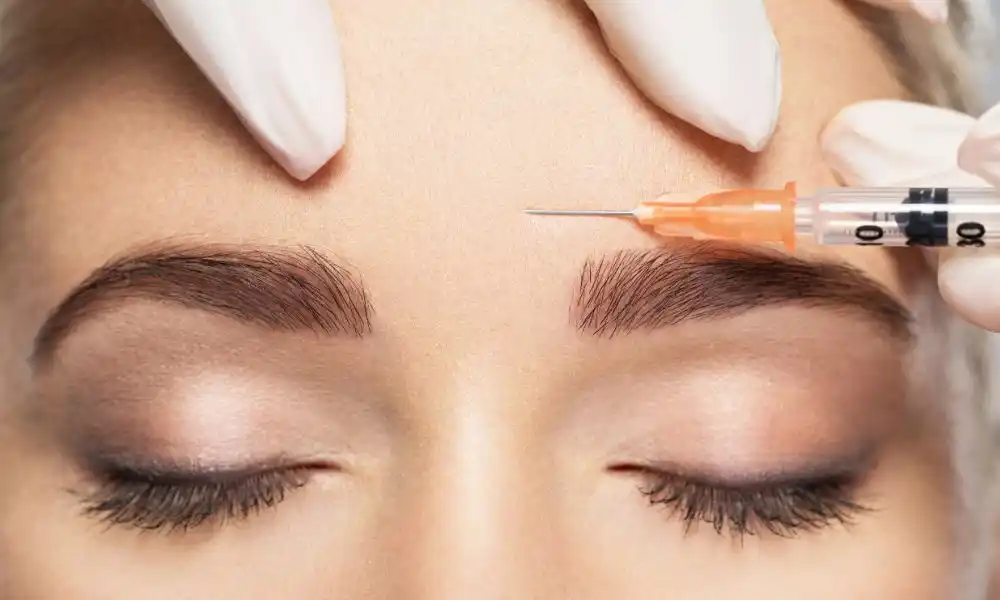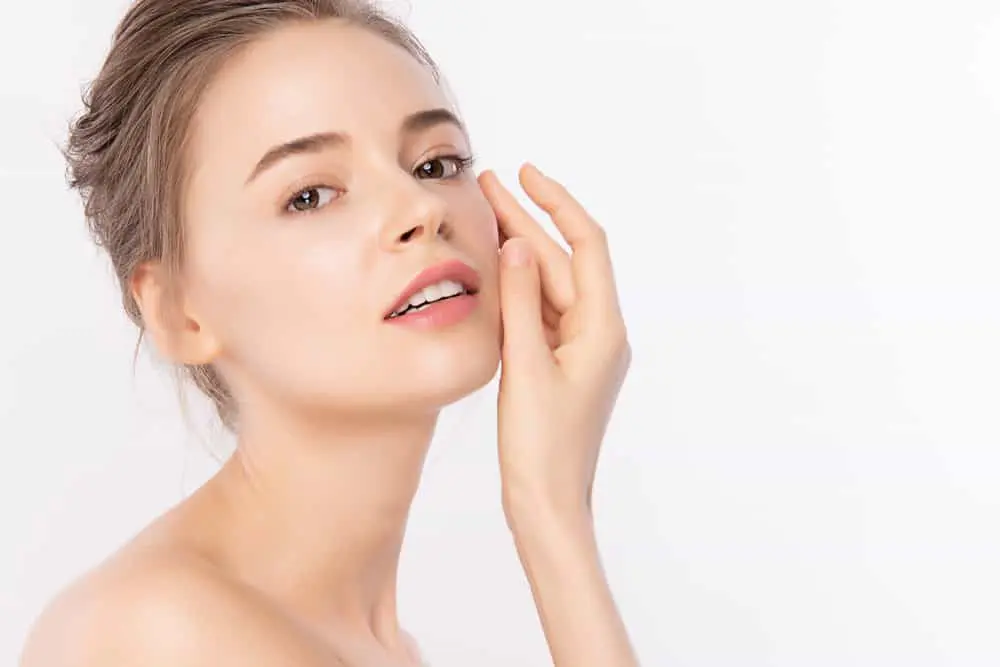How Long After Botox Can You Lay Down?
Fillers and botox are known as non-surgical methods performed to eliminate wrinkles and deep grooves brought about by aging, which is a natural process.
Filling and botox procedures can be applied alone or together, and even more effective when applied together.

What Will We Learn?
What Is The Substance Used In Botox?
The substance used during Botox is an anaerobic substance called Clostridium Botulinismus.
This substance is a spasmolytic neurotoxin produced by a bacterium responsible for food poisoning.
This application, which took the name Botox in the 1980s, has gained a drug identity.
Botox application has been recorded as one of the most frequently applied aesthetic interventions worldwide.
Botox application, as an FDA-approved application, is frequently used in the treatment of wrinkles and sweating.
While expressing our emotions, we use our facial expressions to reflect our reactions.
With the advancement of age, visible wrinkles and lines occur on the skin on the muscles that we use to express our emotions over the years.
Botox application provides a smooth appearance on the skin on the mimic muscles and prevents the formation of new wrinkles.

How Long After Botox Can You Lay Down?
You can lie face down 4 hours after the Botox procedure.
Sleeping with a pillow at night will reduce the possibility of swelling in the botox area.
Avoiding prolonged sun exposure to the area where Botox is made will also minimize the occurrence of undesirable effects.
Most likely, your doctor will tell you that you should not do sports activities for the first 24 hours after botox.
Increased tension and excessive movement with sports after the procedure may result in displacement of the injected substance and cause serious problems.
It is not recommended by doctors to wash the hair within 24 hours after this procedure.
This is because the position of the head changes when washing the hair.
The change in the position of the head may cause the injected drug to slip from the area and cause an undesirable appearance.
Aestheticians do not recommend the use of alcohol before and after botox, because alcohol dilutes the blood and results in undesired results.
What Are The Points To Consider Before Botox Application?
Before Botox application, the doctor must be informed about the drugs used.
Aspirin, antibiotics, hypertension drugs, blood thinners and pain relievers should be discontinued 2 weeks before botox application.
Before the Botox application, the doctor should be informed about the foods and food supplements taken.
Foods such as green tea, vitamins C and E, fish oil, garlic, ginseng, echinacea and gingo should be discontinued about 2 weeks before botox application as they have anticoagulant effects.
Alcohol intake should be stopped 3 days before Botox application.
If there is an active skin infection in the area where Botox applications will be performed, the application should be postponed.
Small needles are used in Botox applications.
Due to the small and thin nature of the needles used in Botox applications, they do not cause much pain.
The patient can continue his daily life without any problem after the botox application.

What Should Be Considered After Botox Application?
In some cases, doctors may tell you to apply a cold compress to your face.
This compress can help prevent conditions such as edema, redness and bruising in the botox area.
In the first 24 hours after Botox, the face should not be massaged, the face should not be rubbed, eyebrows should not be removed, make-up should not be applied and hair should not be dyed.
Hot showers or baths should not be taken for 24 hours and intense sun rays should be avoided because this can cause redness on the face.
It is a good recommendation not to enter the pool for the first 3 days to avoid post-procedure infections.
Aspirin, cigarettes, alcohol, pain relievers or blood thinners should not be used for the first 3 days after the procedure, and foods containing high sugar, caffeine and sodium should be avoided.
Peeling or skincare should not be done on the face in the first week.
Fillers Injection
Filling material injection, which is performed to eliminate the signs of aging, is among the minimally invasive aesthetic applications.
Filling material injection is performed from the age of 30 for the purpose of removing wrinkles.
In people with contour disorders, filling applications can be made from the middle of the 20s.
Filling material injections are generally used to eliminate grooves and deep wrinkles that cause shadows on the face.
The most common application areas of filler injections are the forehead, nasal lip groove, lip edges, chin, and brow grooves.
If you are wondering how long the effect of Botox lasts, you can also check out this article.
